Blog Detail
Table of Contents
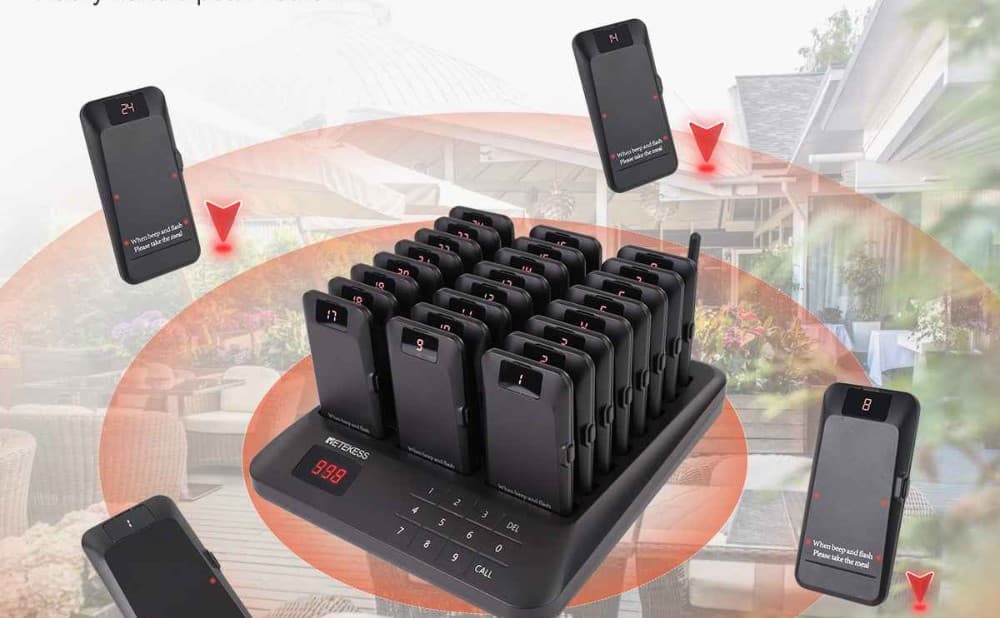
What is the Pager System?
- Retekess
- Nov 18, 2025
- 0 Comments
In our era of ubiquitous smartphones, with their always-on internet and high-definition video calling, it’s almost quaint to imagine a time when communication was so… simple. A time when a discreet buzz on your hip was the most exciting event of your day, summoning you to find a landline to connect with the world. This was the age of the pager, a device powered by a remarkably resilient and clever technology: the paging system.
To answer "What is a pager system?" is to explore a foundational chapter in the history of wireless communication. It’s more than just a beeping box; it’s a sophisticated, one-way wireless network designed for efficiency, reliability, and speed. At its core, a paging system is a method to alert a specific pager (or a group of pagers) by transmitting information—a phone number, a short code, or even a full message—over a radio frequency (RF) channel.
The Core Principle: A One-Way Street for Data
Imagine a vast, invisible digital lighthouse, sweeping its beam across a city, a region, or even an entire country. This lighthouse doesn't broadcast the same message to everyone; instead, it transmits a continuous, high-speed stream of data packets. Each packet contains two crucial pieces of information:
An Address: A unique numeric code that identifies a specific pager. This is like having a digital postal address in the ether. When your pager "hears" its unique address in the data stream, it wakes up and pays attention.
Message Information: This is the payload. It could be as simple as a "beep now" command, a string of digits representing a callback number, or, in later systems, a full alphanumeric text message.
This "broadcast and listen" model is the genius of paging. It’s a one-to-many system that feels like one-to-one. The transmitter doesn't need to know the exact location of your pager; it just blasts the signal everywhere. Your pager, constantly listening, only activates when it recognizes its own name. This made paging systems incredibly reliable and capable of penetrating deep into buildings and underground areas where early cell phones struggled—a key reason they remain in use today in critical fields like healthcare and emergency services.
The Evolution of the Language: Paging Protocols
The "language" spoken by these systems is defined by its paging protocol. These protocols are the rulebooks that dictate how the digital bits are organized and transmitted. The evolution of these protocols charts the journey from simple beepers to powerful messaging devices.
Tone-Only (2-tone, 5/6-tone): The earliest systems were beautifully simple. They sent a specific sequence of audio tones. When your pager detected its unique tone sequence, it would beep. This was the classic "beep-beep" that told a doctor or plumber to call their office. No information was sent other than the alert itself.
GOLAY & POCSAG (Post Office Code Standardisation Advisory Group): This was the first major leap into the digital age. POCSAG, developed in the UK, became the global standard in the 1980s and early 90s. It introduced a robust digital format that could transmit not just an alert, but also numeric messages. This is what enabled you to see a phone number on your pager's tiny screen. It operated at a slow speed by today's standards (512, 1200, or 2400 bits per second), but it was revolutionary at the time.
FLEX: As paging exploded in popularity, networks needed to handle millions of pagers without getting clogged. Enter FLEX, developed by Motorola in the 1990s. This was the high-speed protocol that supercharged paging. It was a synchronous, four-level frequency modulation scheme that transmitted data at 1600, 3200, or 6400 bits per second. FLEX's key advantages were:
-
-
Speed: Much faster transmission, allowing for more messages and more pagers on the same network.
-
Efficiency: It used a time-slicing method, allowing pagers to only "wake up" during their specific time slot, dramatically extending battery life from weeks to months.
-
Reliability: Its robust signal structure was highly resistant to interference.
-
ERMES (European Radio Messaging System) & NTT: While FLEX dominated in North America and parts of Asia, Europe developed its own high-speed standard, ERMES, designed to facilitate cross-border paging. In Japan, Nippon Telegraph and Telephone (NTT) developed its own highly advanced systems, which even supported the first emoji, sent via pager in 1999.
Why Was It So Revolutionary?
To understand the impact of the pager, you have to step back into a world before mobile phones.
Liberation with a Leash: For the first time, professionals and individuals could be reached when they were away from their desk or home phone. It created a new form of mobility and availability, even if it required finding a phone to respond.
The Birth of "Texting": Before SMS, there was pager code. A string of numbers on a pager screen became a new linguistic canvas. "143" meant "I love you." "07734" held upside down looked like "HELLO." This was the genesis of our modern text-message culture.
Critical Reliability: In life-or-death situations, the pager's simplicity was its strength. The broadcast nature of the signal meant no busy networks, no missed calls going to voicemail. If the pager was on and within range, it got the message. This unimpeachable reliability is why hospitals still use them today.
Affordability and Accessibility: Before cell phones became cheap and plans became reasonable, pagers were an affordable way for a huge segment of the population—from teenagers to small business owners—to join the wireless communication revolution.
The Inevitable Decline and the Surprising Niche
The rise of the GSM digital cell phone and the Short Message Service (SMS) in the late 1990s and early 2000s spelled the beginning of the end for the consumer pager. Why carry a device that only receives messages when you can carry one that sends and receives calls, texts, and eventually, emails?
The mass consumer market for pagers collapsed almost overnight. However, it never completely died. The paging system found a permanent and vital niche in environments where its core strengths are irreplaceable.
Healthcare: In a noisy hospital, a vibrating pager is more reliable than a phone call. The one-way nature ensures a message is sent and received without confirmation loops, making it perfect for emergency alerts like "Code Blue." The long battery life means a device can run for weeks without needing a charge.
Emergency Services: Firefighters, disaster response teams, and law enforcement rely on paging systems for mass-alerts because of their broadcast strength and ability to wake up every device on a network simultaneously.
Industrial and Infrastructure Monitoring: Paging networks are used to send alerts from remote sensors for things like power grid failures or water level monitors, where reliability and power efficiency are paramount.
Conclusion: More Than a Relic, a Foundation
So, what is a pager system? It is not merely a nostalgic artifact of 1990s pop culture. It was a brilliantly designed, highly specialized wireless network that solved the problem of portable communication with elegant efficiency. It taught an entire generation how to communicate remotely and laid the groundwork for the texting culture we have today.
While its sleek, minimalist form has been replaced by the pocket supercomputers we now carry, the technology and philosophy of the pager system live on. In the critical, silent buzz that alerts a surgeon to an emergency, the pager’ legacy endures—a testament to a simple, powerful idea: that sometimes, getting the message through is all that matters. It was the definitive digital messenger of its time, and its echo can still be heard in every notification that lights up our modern screens.

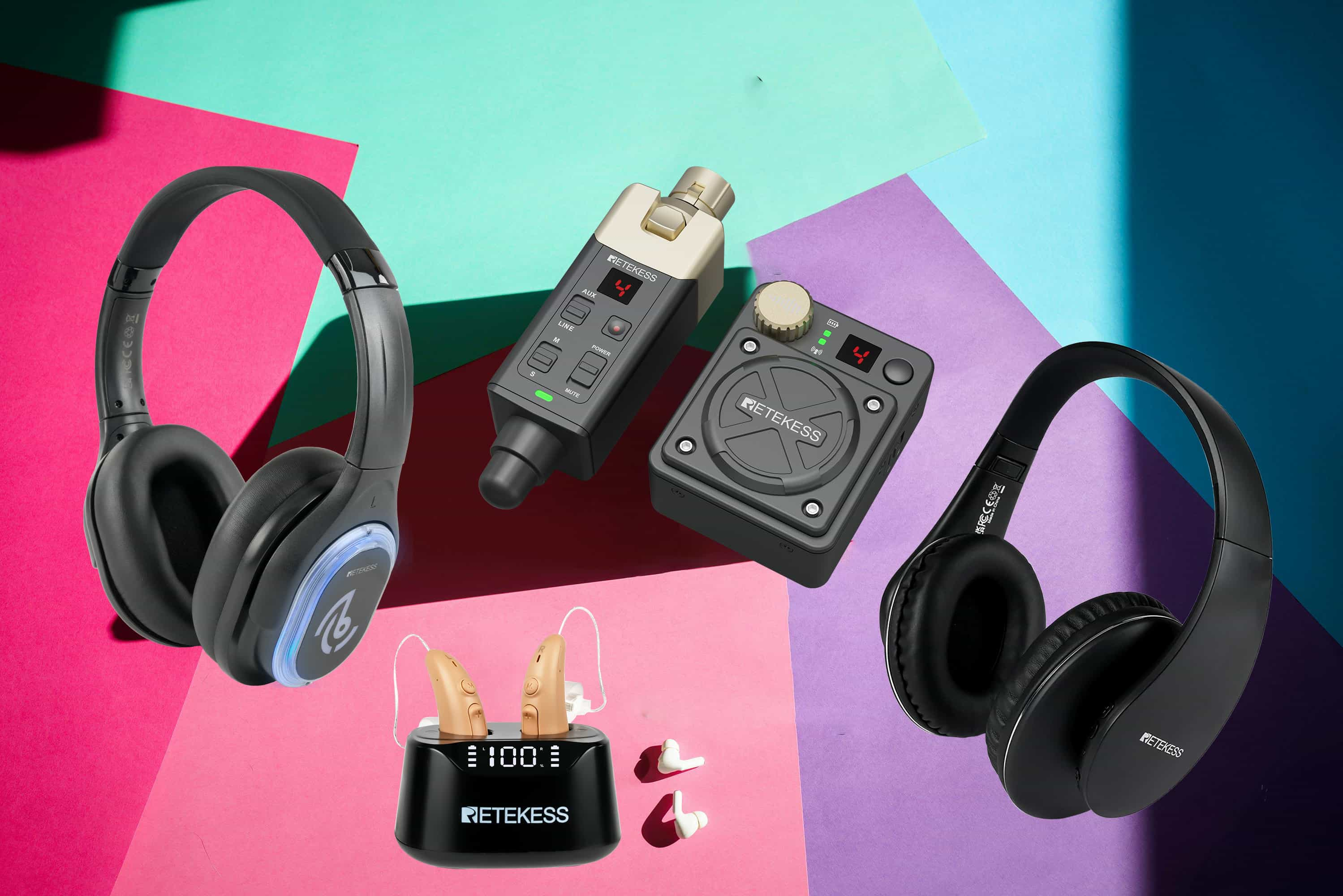
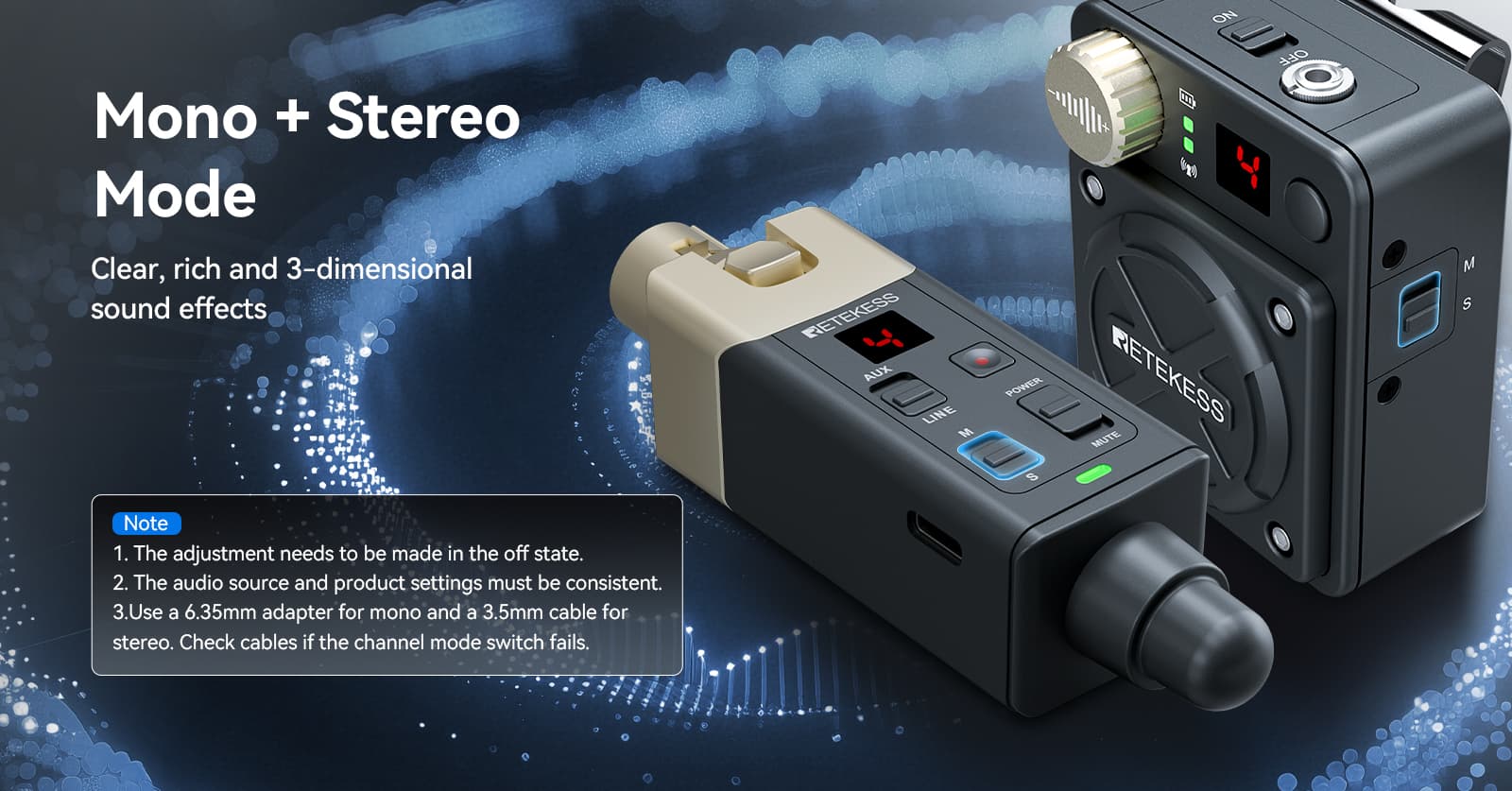

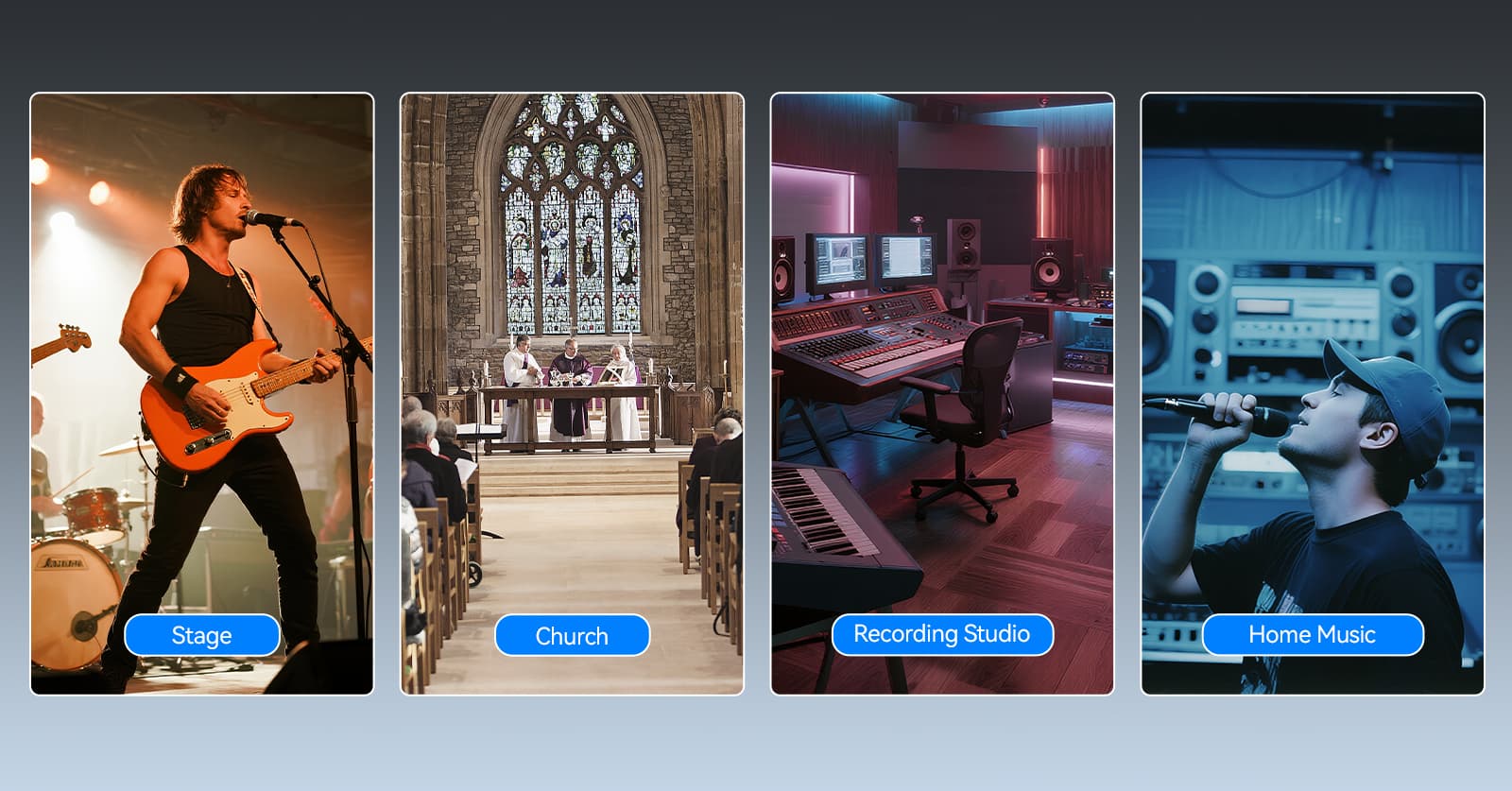
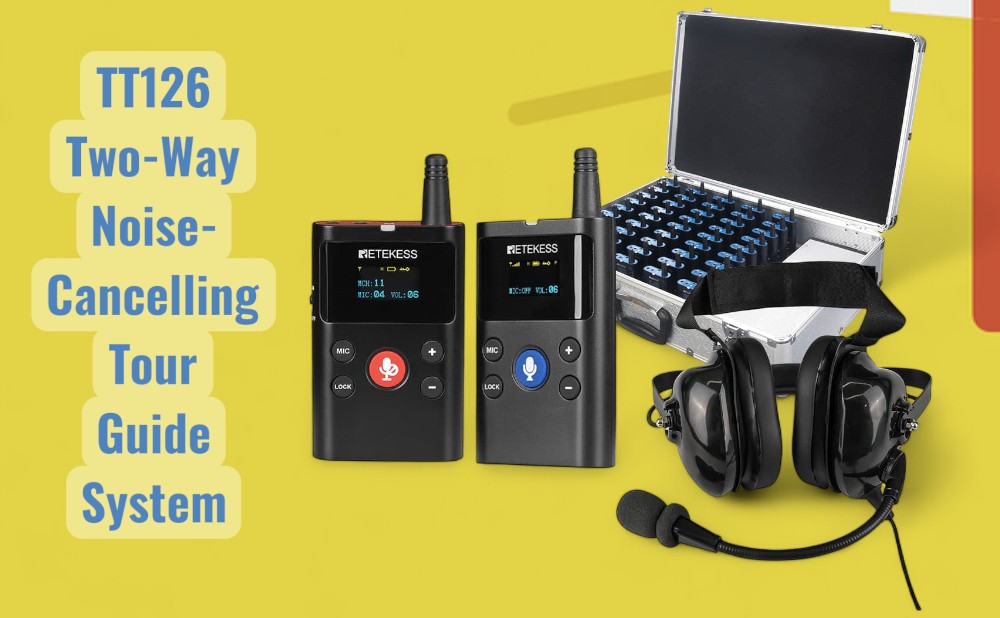



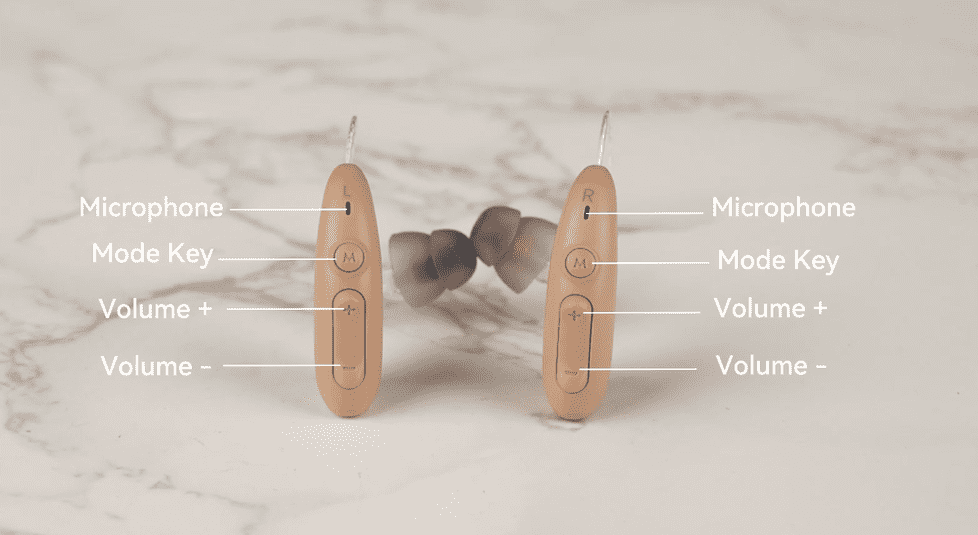
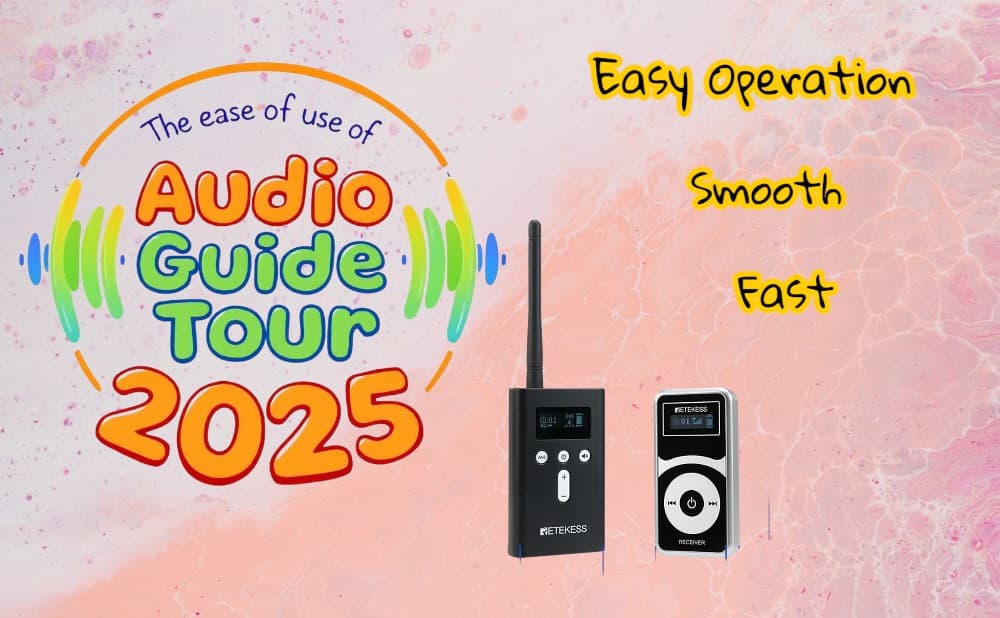
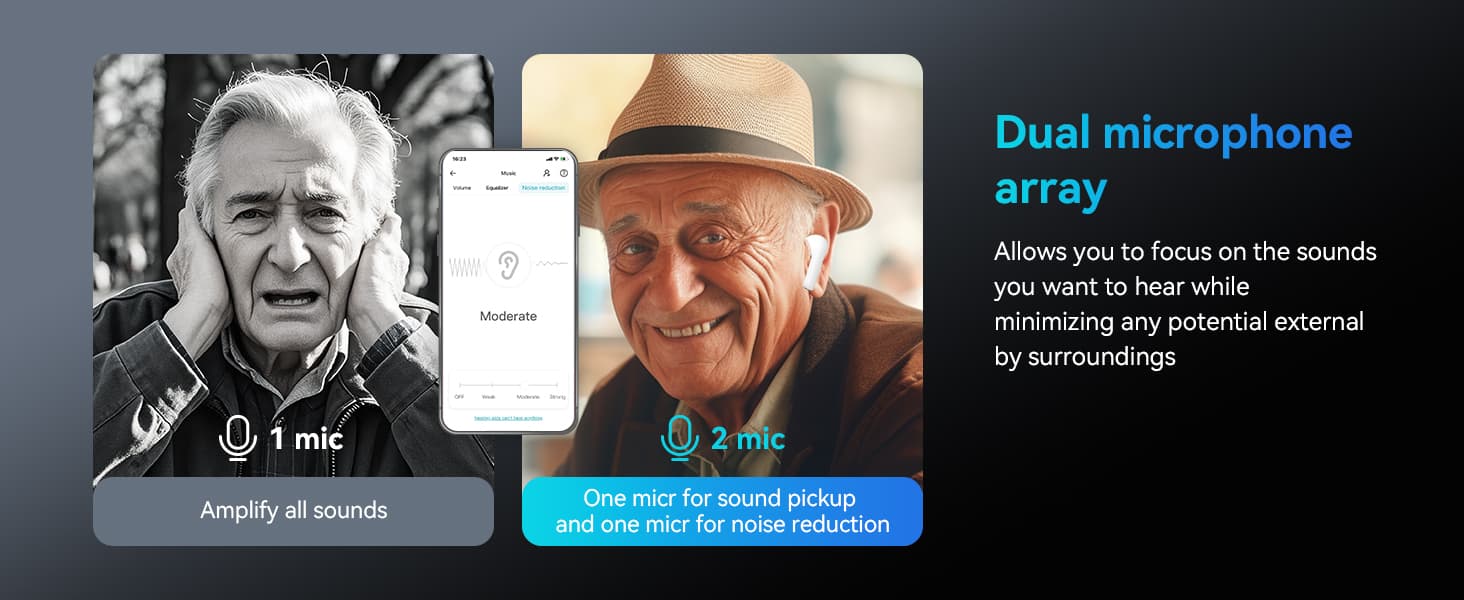
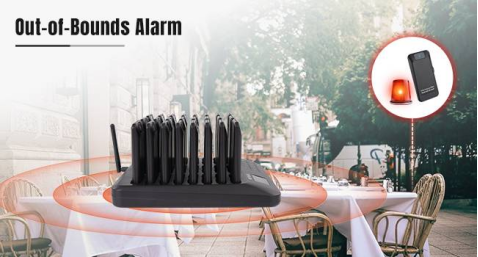


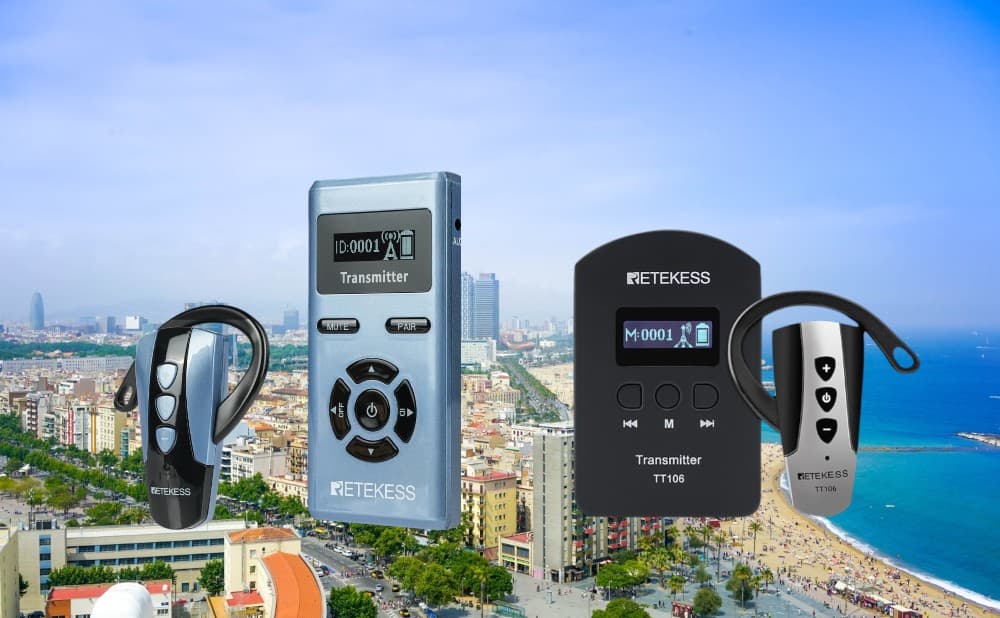
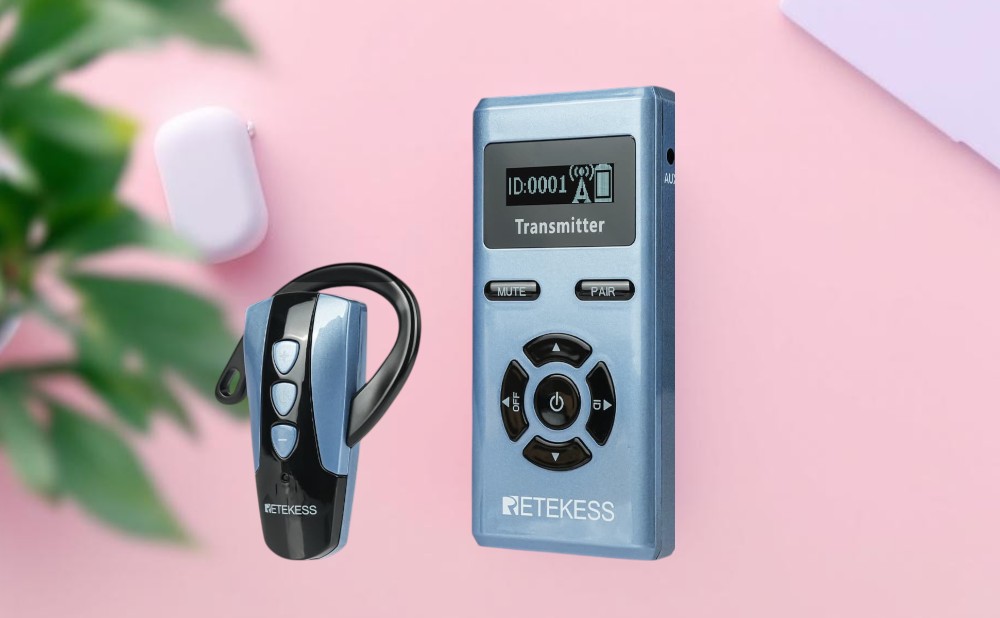





Comments (0)